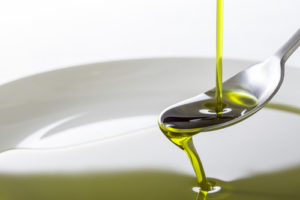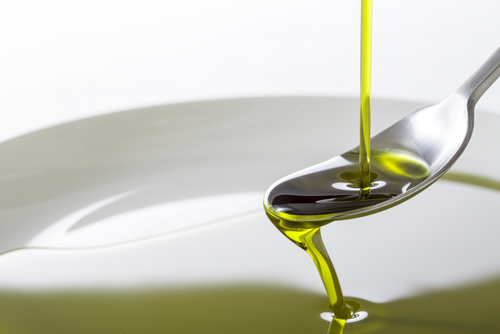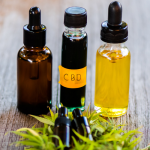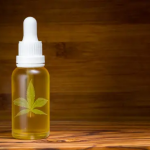
CBD For Phantom Pain
Phantom limb pain, commonly known as phantom pain, affects about 60–80 % of amputees. It generates discomfort in a body component that is no longer present. Pain is commonly described as a tickling sensation, throbbing, stinging, or pins and needles. Amputation can be caused by trauma, infections, vascular problems, cancer, or congenital limb malformations. Despite the fact that phantom pain is more common in the limbs, it can occur after surgery on any part of the body. The pain may develop immediately following the amputation or it may take months or even years to appear.
There are just a few treatment options for phantom pain. Certain doctors prescribe opioid medications, which are not always effective. Other options include antidepressant and anticonvulsant medications. Although these treatments aren’t meant to relieve pain, they can help regulate nervous system impulses.
CBD For Phantom Pain
People have relied on cannabis and its compounds to relieve pain for centuries. However, the majority of the research has thus far focused on the cannabinoid THC. This chemical is responsible for many of cannabis’ therapeutic as well as intoxicating qualities. The effects of different cannabinoids on neuropathic pain were studied in a review published in the Cochrane Library in 2018. THC/CBD oral spray, whole-plant cannabis, and two synthetic cannabinoids were examined in the study.
Even while the study found that many people experienced pain alleviation, there was a significant risk of negative side effects. In this case, CBD may be able to deliver further benefits. CBD, unlike THC, does not cause drunkenness. It is generally well accepted and has a favorable safety profile, according to a World Health Organization report.
CBD is extracted from both industrial hemp and cannabis plants, which is a plus. CBD is substantially more widely available as a result of this trait, even in areas where medical marijuana is not allowed. The problem of using CBD for phantom pain is that there has been no clinical study to back it up. On the other hand, other studies back up its use as a general analgesic.
How to Use CBD Oil For Phantom Pain?
Despite the fact that there are a variety of ways to use CBD for pain relief, most individuals nowadays prefer topical CBD products and CBD oil tinctures. While CBD tinctures provide faster pain relief, topical CBD provides localized pain alleviation.











Leave A Message